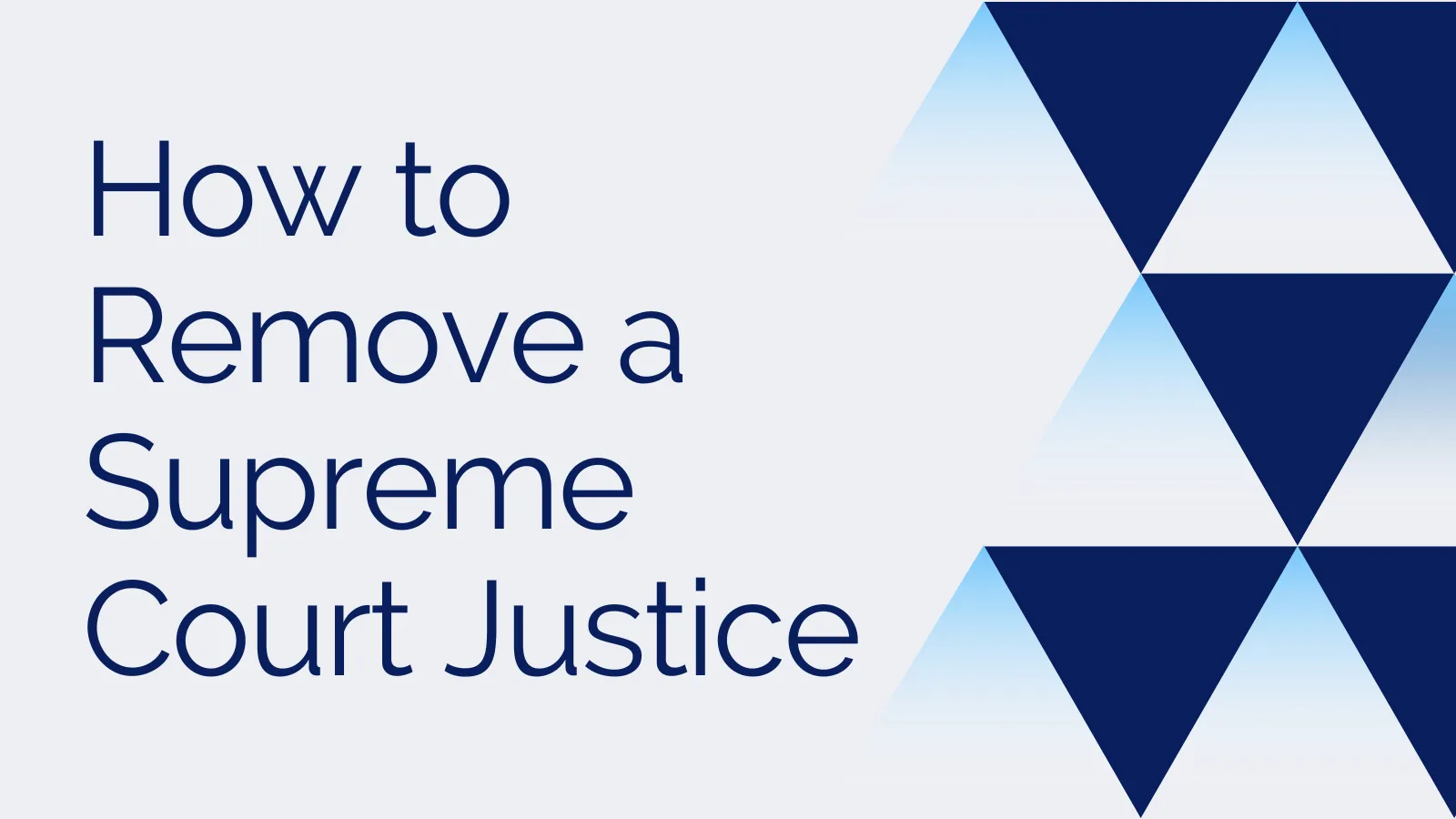How to Remove a Supreme Court Justice: A Comprehensive Guide
As one of the most powerful branches of the United States government, the Supreme Court holds immense sway over American law and society. The justices who sit on the Court are appointed for life, but in some cases, it may be necessary to remove them from the bench. Whether due to misconduct, poor health, or other reasons, the process for removing a Supreme Court justice is a complex one. In this article, we’ll break down the steps involved and explore the history of Supreme Court removals.
The Supreme Court of the United States is the highest court in the land, and its nine justices hold tremendous power over the interpretation of the Constitution and federal law. The lifetime appointment of justices is meant to ensure their independence from political pressures, but there have been instances throughout history where a justice’s actions or health have called their tenure into question. In this article, we will explore the various methods of removing a Supreme Court justice and the history of such removals.
The Impeachment Process
The most well-known method of removing a Supreme Court justice is through the process of impeachment. This process is laid out in the Constitution and is similar to the process used to remove a president from office. However, it is much more difficult to impeach and remove a justice than it is a president.
Grounds for Impeachment
The Constitution outlines the grounds for impeachment as “treason, bribery, or other high crimes and misdemeanors.” This phrase is intentionally vague, leaving room for interpretation by Congress. Essentially, any action by a justice that is deemed to be a serious breach of their duties could be grounds for impeachment.
The House of Representatives
Impeachment proceedings begin in the House of Representatives, where articles of impeachment are drafted and voted on. A simple majority vote is required to approve the articles and send them to the Senate for trial.
The Senate
The Senate then holds a trial to determine whether or not to remove the justice from the bench. A two-thirds majority vote is required to convict and remove a justice from office. This high threshold means that impeachment and removal of a Supreme Court justice is a rare occurrence.
Other Methods of Removal
While impeachment is the most well-known method of removing a Supreme Court justice, there are other ways that a justice can leave the bench.
Resignation
Justices may choose to resign voluntarily, as Justice Anthony Kennedy did in 2018. In these cases, there is no formal process for removal.
Retirement
Justices may also retire from the bench. While retirement is technically a voluntary action, there may be external pressures on a justice to retire, such as poor health or a desire to avoid impeachment proceedings.
Death
Finally, a justice may leave the bench due to death. This is the most common method of Supreme Court vacancy.
Historical Examples of Supreme Court Removals
While Supreme Court removals are rare, there have been several instances throughout history where a justice was removed from the bench.
Justice Samuel Chase
In 1805, Justice Samuel Chase was impeached by the House of Representatives on charges of political bias and misconduct. However, he was acquitted by the Senate and remained on the bench until his death in 1811.
Justice Abe Fortas
In 1969, Justice Abe Fortas resigned from the Supreme Court amidst a scandal involving financial improprieties. While he was not officially impeached, the controversy surrounding his resignation highlighted the potential for political pressures to influence the judiciary.
Recent Controversies
In recent years, there have been calls for the impeachment or removal of several Supreme Court justices. In 2018, Justice Brett Kavanaugh faced allegations of sexual assault during his confirmation process, leading to calls for his impeachment. However, no formal impeachment proceedings were launched.
In 2020, some activists called for the impeachment of Justice Clarence Thomas over his alleged conflicts of interest, while others called for the expansion of the Supreme Court to dilute the influence of certain justices.
Conclusion
Removing a Supreme Court justice is a complex process that requires significant political will and evidence of serious wrongdoing. While impeachment is the most well-known method of removal, justices may also resign, retire, or pass away. The rarity of Supreme Court removals highlights the importance of the lifetime appointment of justices, but also raises questions about the accountability of those who hold such powerful positions.
FAQs
- Can a Supreme Court justice be fired? No, a Supreme Court justice cannot be fired in the traditional sense. However, they may be impeached and removed from office for serious misconduct.
- How many Supreme Court justices have been removed from office? Only one Supreme Court justice, Samuel Chase, has ever been impeached, and he was ultimately acquitted.
- Can a Supreme Court justice retire in the middle of their term? Yes, a Supreme Court justice may retire at any time, although there may be external pressures that influence their decision.
- Can a Supreme Court justice be impeached for political reasons? While impeachment is a political process, it is not supposed to be used for purely political reasons. Impeachment requires evidence of serious wrongdoing on the part of the justice.
- Can a Supreme Court justice be removed for poor health? No, poor health is not grounds for removal of a Supreme Court justice. They may choose to retire or resign due to health issues, but cannot be forced to do so.






